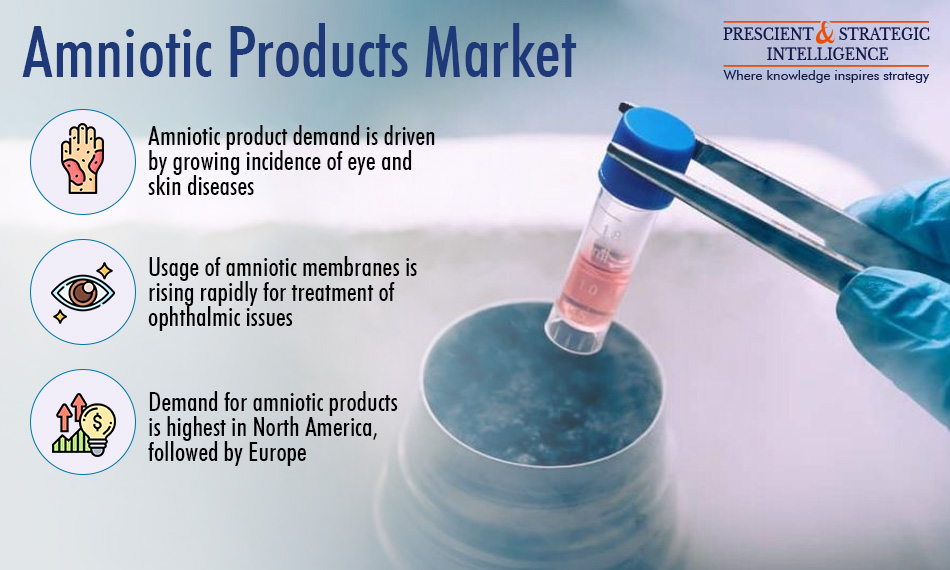
Amniotic products are derived from the amniotic membrane, also known as Amnion and Extracellular Matrix (ECM), and amniotic fluid, all of which are donated after a healthy baby is delivered. These products can contain up to 250 times the growth factors found in PRP/PRFM. Due to their anti-inflammatory properties, amniotic fluid helps reduce inflammation, enhances epithelial cell growth, and promotes angiogenesis. Amnion/ECM is especially effective in aesthetic and orthopedic applications, as its growth factors and proteins, supported by a cellular matrix, aid in healthy tissue regeneration.
Amniotic Fluid: Amniotic fluid is a protective liquid encased by the amniotic membrane, cushioning the developing fetus and facilitating the exchange of nutrients, water, and biochemical products between the mother and fetus. It is rich in growth factors and immune components. Purified amniotic fluid has had unnecessary cells removed and is then frozen to preserve its growth factors and nucleic acids. Since it contains no cells and does not require a cryopreservant, purified amniotic fluid can deliver twice the amount of factors compared to standard amniotic products.
Amnion / ECM: The amniotic membrane is the innermost layer of the placenta, featuring a thick basement membrane and an avascular stromal matrix. Amniotic tissue possesses anti-inflammatory, antiviral, and antibacterial properties, along with low immunogenicity. Amnion has been used by doctors for years as a biological dressing in various therapeutic applications. It is rich in collagen, along with other cytokines and proteins, providing a structural matrix for cellular attachment. The extracellular matrix not only offers structural support to cells but also aids in the migration and proliferation of the patient’s cells to the site of injury or defect.
Non-communicable diseases (NCDs) are the leading causes of death in Europe, accounting for about 75% of annual deaths. Key NCDs in the region include cancer, cardiovascular diseases, and diabetes. The high incidence of these conditions has led to an increase in surgical treatments, which is driving the growth of the amniotic products industry. In Germany, demand for these products is growing significantly due to the country’s expanding medical budget, the adoption of advanced solutions, and heightened awareness of early disease diagnosis and effective treatment, supported by government initiatives. Favorable reimbursement policies in European countries are also contributing to the sector’s growth.
Conclusion: The rising demand for amniotic products, driven by the increasing treatment of skin and eye disorders worldwide, is expected to propel the industry’s total value to USD 1,451.2 million by the end of this decade.

































